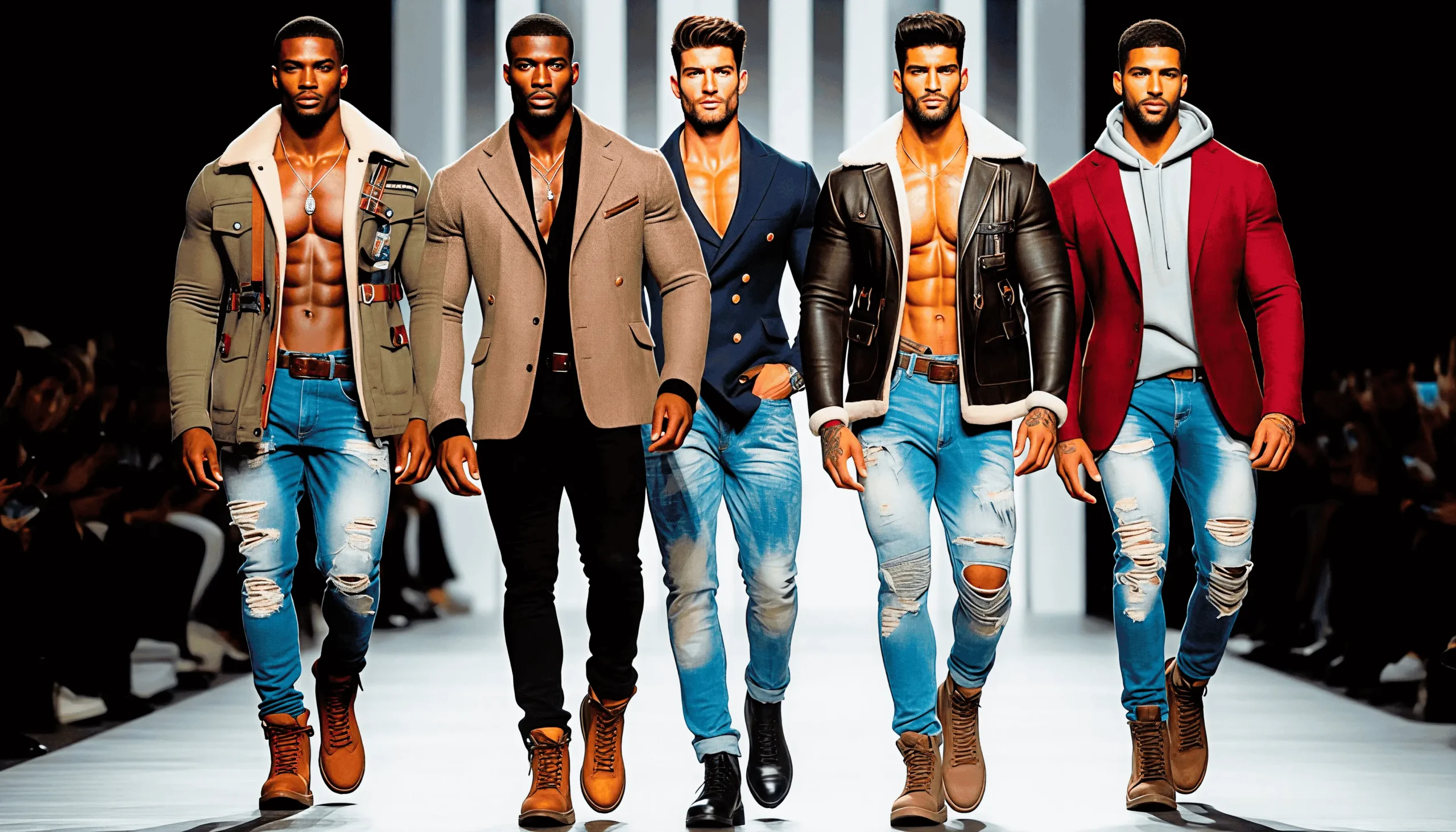Fashion Industry in 2025: The Future is Here and It’s Trending
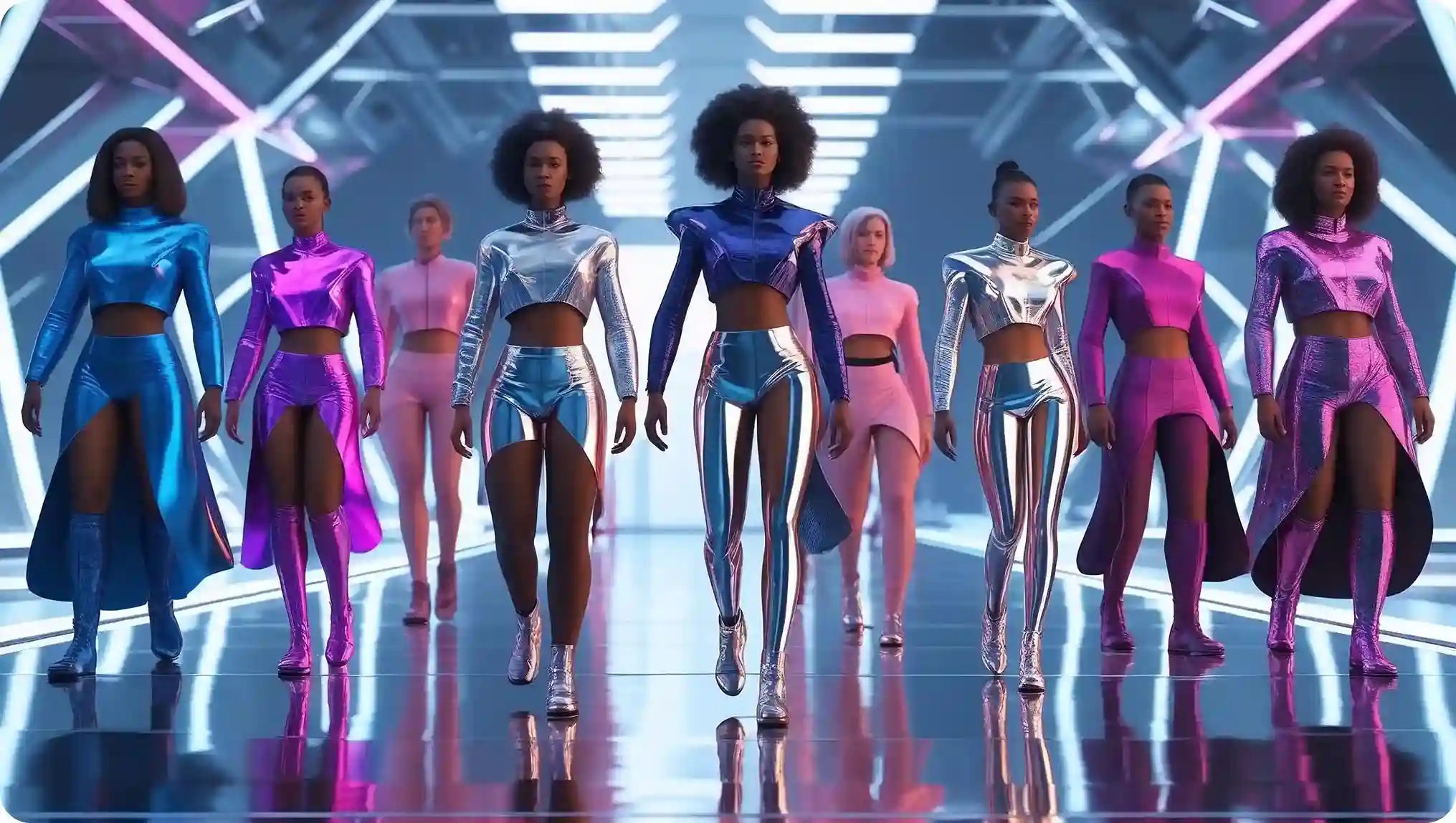
Explore the Fashion Industry in 2025: The Future is Here and It’s Trending with AI-driven innovations, sustainable fashion, bold trends, and the rise of gender-neutral styles shaping the global market.
The fashion industry is experiencing a digital revolution that’s reshaping how we design, shop, and express ourselves. From AI-powered marketing campaigns to sustainable luxury goods, the landscape is evolving faster than ever before. Here’s everything you need to know about the hottest trends transforming fashion in 2025.
The Digital Fashion Revolution in
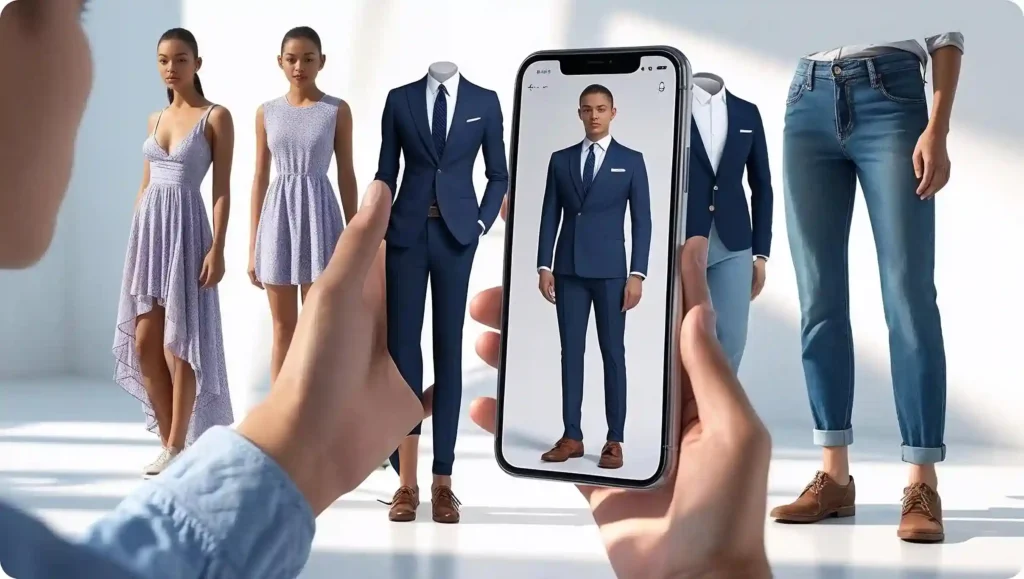
AI is Taking Center Stage
Fashion brands are embracing artificial intelligence like never before. H&M recently launched campaigns featuring AI-generated “digital twins” instead of traditional models, marking a significant shift toward digital innovation. This trend reflects a broader industry movement where 74% of consumers now prefer brands with sustainable practices and 63% shop online at least once a week.
Visual Search and Smart Shopping
The rise of visual search optimization is revolutionizing how consumers discover fashion. Brands are now focusing on natural language queries and branded search presence to capture customers who search for specific styles, fits, and occasions. This shift toward conversational commerce is making fashion more accessible and personalized than ever.
Sustainability Meets Style
The Circular Fashion Movement
Sustainability isn’t just a trend—it’s becoming an industry standard. The second-hand clothing market is booming, with access over ownership gaining ground among millennials and Gen Z consumers. However, challenges remain, as evidenced by Texaid Germany’s recent insolvency, highlighting ongoing issues in textile waste management infrastructure.
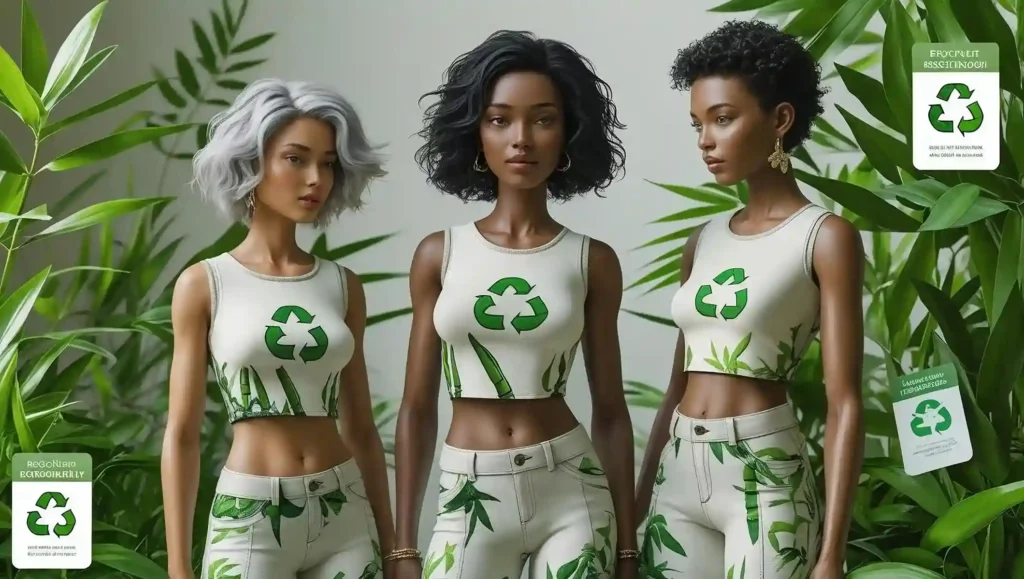
Eco-Friendly Materials and Practices
Fashion brands are investing heavily in sustainable supply chains, with organic materials, garment recycling, and carbon-neutral shipping becoming the norm. The industry is witnessing a surge in bamboo fabrics, mushroom leather, and recycled PET materials as consumers demand more environmentally conscious options.
The Hottest Trends Dominating 2025

Gender-Neutral Fashion
The fashion industry is shedding gender cages, with more brands shifting toward genderless designs. Androgynous cuts, fluid silhouettes, and an amalgam of traditionally “masculine” and “feminine” elements are ruling runways and street styles.
Gender-Neutral Fashion
The fashion industry is shedding gender cages with more brands shifting toward genderless designs. Androgynous cuts, fluid silhouettes, and an amalgam of traditionally “masculine” and “feminine” elements are ruling runways and street styles.
Metallics Are the New Black
Shine bright in 2025! Metallics are back with a vengeance, featuring liquid metallics in silver, gold, and iridescent hues. From molten metal-inspired party dresses to chrome bomber jackets, the future is all about making a statement with shine
Tech-Infused Fashion
Smart fabrics capable of health monitoring and temperature regulation are becoming mainstream. Digital glam featuring AR-reactive garments and LED-embedded accessories is perfect for the tech-savvy consumer.
Bold Color Palettes
Vibrant hues like electric blue, neon green, and shades of yellow are dominating the color chart. These bold colors appeal to both Gen Z and Millennials who want to make a statement.
The Business Side of Fashion
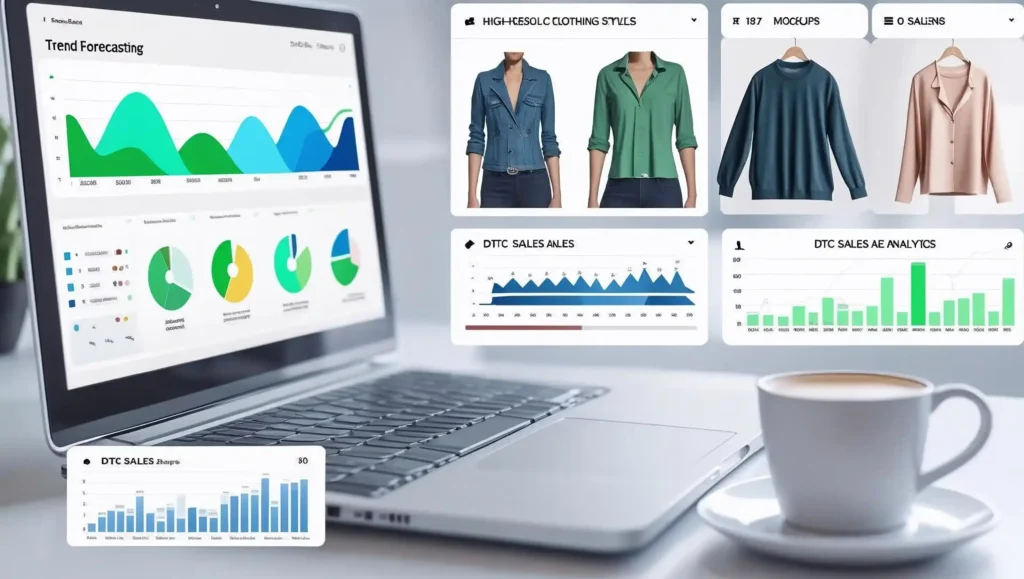
Direct-to-Consumer Growth
More brands are selling directly to customers through online platforms, cutting out intermediaries. This DTC (Direct-to-Consumer) model allows for better profit margins and closer customer relationships.
AI in Fashion Business
Brands are using AI for trend forecasting, inventory planning, and hyper-personalized product recommendations. Companies like Zalando use AI to predict fashion trends, improving sell-through rates by 20%.
Local Manufacturing Renaissance
There’s a growing trend toward localized manufacturing with fast, small-batch production close to consumers. This approach reduces lead times, supports local economies, and allows for faster response to market demands.
Major Industry Developments
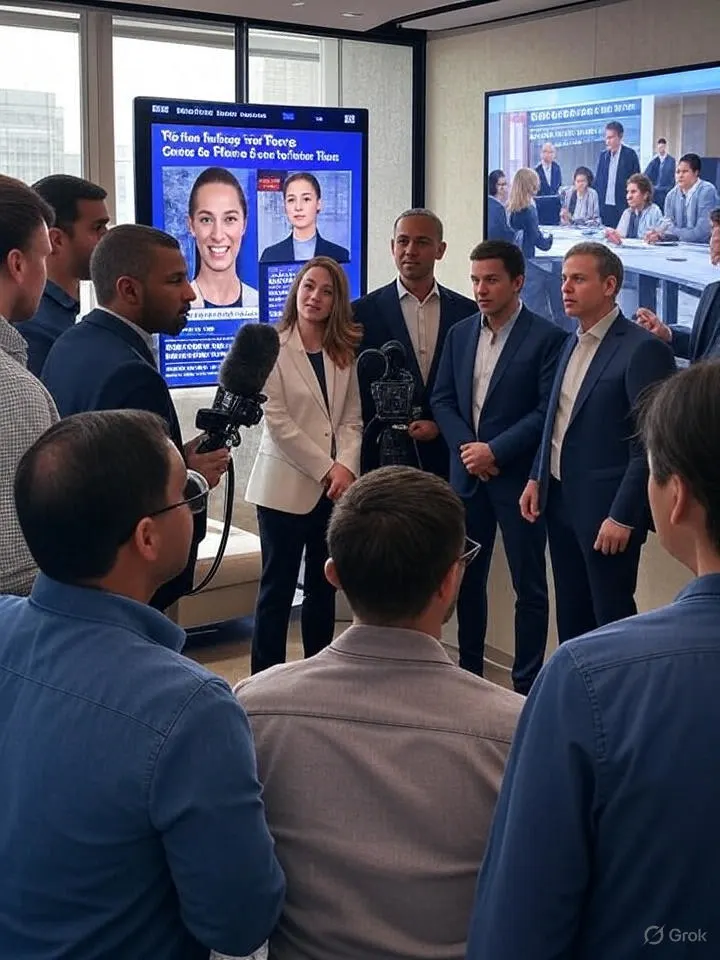
Legal and Financial Moves
The fashion industry has seen significant legal and financial developments recently. Shein faced a €40 million fine for deceptive business practices, while the Persson family increased their H&M share purchases, fueling speculation about potential private ownership [previous conversation].
Leadership Changes
Several major brands are experiencing leadership transitions, with Jonathan Anderson repositioning JW Anderson as a lifestyle brand and various fashion houses appointing new management [previous conversation].
Cybersecurity Concerns
The industry is grappling with cybersecurity challenges, as evidenced by Louis Vuitton Korea’s recent cyberattack that resulted in customer data leaks [previous conversation].
Frequently Asked Questions About Fashion Industry Trends
What are the biggest fashion trends for 2025?
The top trends include sustainable fashion, AI and tech integration, gender-neutral designs, metallics, bold colors, and direct-to-consumer models. These trends reflect changing consumer preferences toward sustainability, inclusivity, and personalization.
How is technology changing the fashion industry?
Technology is revolutionizing fashion through AI-powered design and personalization, virtual try-ons, smart fabrics, and digital fashion shows. Brands now use AI for trend forecasting, inventory management, and creating personalized shopping experiences.
What is sustainable fashion, and why is it important?
Sustainable fashion refers to clothing designed to be reused, repaired, or recycled instead of discarded. It includes using organic materials, ethical labor practices, and carbon-neutral shipping. 74% of consumers now prefer brands with sustainable practices, making it a business imperative.
What does gender-neutral fashion mean?
Gender-neutral fashion features androgynous cuts, fluid silhouettes, and designs that transcend traditional gender categories. This trend promotes inclusivity and allows individuals to express themselves authentically without conforming to gender stereotypes.
How do I stay updated on fashion trends?
Stay informed by following fashion weeks, industry publications, social media influencers, and trend forecasting platforms. Many brands also offer newsletters and apps that provide real-time updates on the latest trends.
What is the direct-to-consumer (DTC) model in fashion?
DTC means brands sell directly to customers, cutting out intermediaries like retailers. This model allows for better profit margins, closer customer relationships, and more control over the brand experience.
Are sustainable materials more expensive?
Initially, sustainable materials may cost more, but they offer long-term value through reduced waste, improved customer loyalty, and lower environmental costs. Many consumers are willing to pay a premium for eco-friendly fashion.
How is AI used in fashion design?
AI assists in trend forecasting, pattern creation, personalized recommendations, and inventory management. Some brands use AI to create designs, predict consumer preferences, and optimize supply chains.
What is circular fashion?
Circular fashion is an approach where clothing is designed to be continuously reused, repaired, or recycled. It includes clothing rental platforms, take-back programs, and designs that minimize waste throughout the product lifecycle.
How can small fashion brands compete with big companies?
Small brands can compete by adopting sustainable practices, using digital tools, focusing on niche markets, and building direct relationships with customers. Many successful small brands leverage social media, influencer partnerships, and unique brand stories.
What role does social media play in fashion trends?
Social media platforms are now primary trend drivers, with influencers and user-generated content shaping consumer preferences. Platforms like Instagram, TikTok, and Pinterest influence purchasing decisions and trend adoption.
How important is brand authenticity in fashion?
Brand authenticity is crucial as consumers want transparency, sustainability, and ethical practices. Modern consumers research brands thoroughly and prefer companies that align with their values and demonstrate genuine commitment to social and environmental causes.
The fashion industry in 2025 is characterized by innovation, sustainability, and inclusivity. As technology continues to reshape how we create, market, and consume fashion, brands that embrace these changes while maintaining authentic connections with their customers will thrive in this dynamic landscape.


